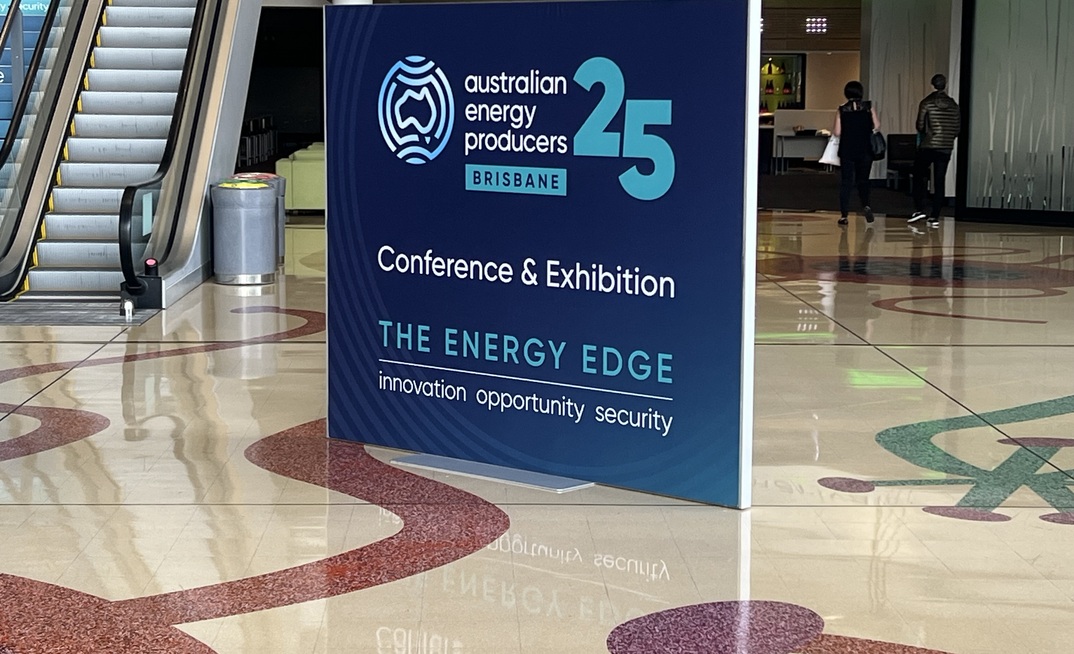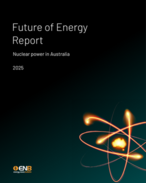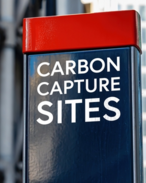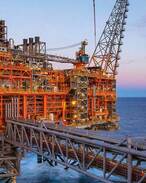More than 2500 delegates will converge on Brisbane for the Australian Energy Producers 2025 Conference & Exhibition as the nation's energy sector faces intensifying scrutiny.
Capital is fleeing gas, legal and ESG risks are mounting, and carbon capture projects remain under pressure. Add into the mix a post-election, political reset that could reshape the industry's future in a net-zero economy, and the annual conference could not come at a more opportune time.
Labor's renewed mandate and target for 82% renewables by 2030 is intensifying pressure on fossil fuel operators, as a fractured opposition clears the way for an accelerated energy transition. But with upstream gas investment slipping and policy uncertainty mounting, producers are urging the government to back its own Future Gas Strategy with stable settings and faster project approvals.
At home, Woodside faces growing pressure. A federal decision on the North West Shelf extension is due by the end of this week, while its Scarborough project is 73% complete and targeting the first gas in 2026. Although three environmental appeals were dismissed last week, a last-ditch legal attempt to derail the project over the potential impact on nearby Burrup Peninsula rock art is still up in the air over claims that an 800-page report could not be independently reviewed before a decision on the project is made. Likewise, a recently lodged legal challenge against the Scarborough project will be heard next month.
YOU MIGHT ALSO LIKE
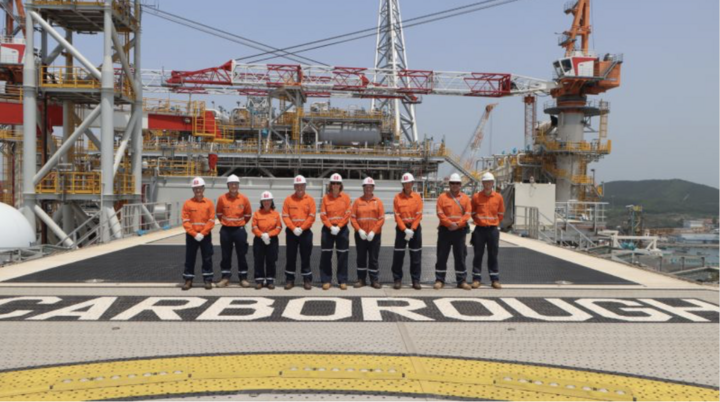
In the US, Woodside is standing by its US$17.5 billion expansion, anchored by big bets on a Louisiana LNG terminal and a Texas ammonia plant. Freshly returned from her trip to China to check out the Scarborough Energy Project floating production unit, CEO Meg O'Neill is expected to again double down on the company's bullish LNG outlook, highlight strong partner interest—including from Aramco—and tout the stability of fixed-cost contracts.
O&G rival Santos is also juggling a few big-ticket challenges of its own. Barossa is fully approved but drilling is on hold after safety regulators flagged issues with blowout preventer checks. First gas is still on track for late 2025. Narrabri is moving ahead after a native title win, clearing the way for up to 850 gas wells—though it's still under fire from some traditional owners and green groups who say the fight is far from over. CEO Kevin Gallagher on Wednesday will likely focus on the company's low-cost approach, its 30% growth goal by 2027, and early wins at Moomba CCS, which has already stored over 685,000 tonnes of CO₂.
Meanwhile, Chevron is working to boost performance at its Gorgon carbon capture facility by improving how it handles water in the reservoir, which should ease pressure and allow for more CO₂ to be stored. It comes after the project fell short of its injection targets. The upgrades are also about showing the system can actually work at scale—and help meet Australia's emissions rules under the safeguard mechanism.
The four-day event will feature keynote appearances from industry and political leaders. Sessions will address emerging legal activism, carbon offset integrity, Scope 3 emissions accountability, and the balance between energy security and decarbonisation.
With capital retreating from gas and the clock ticking on 2030 targets, AEP 2025 marks a critical inflection point for the industry to make its case in a rapidly changing energy landscape.


